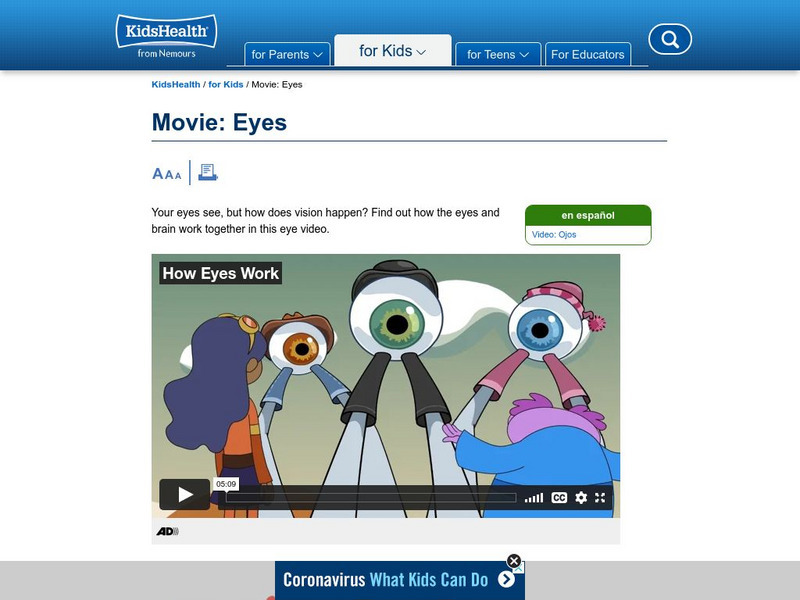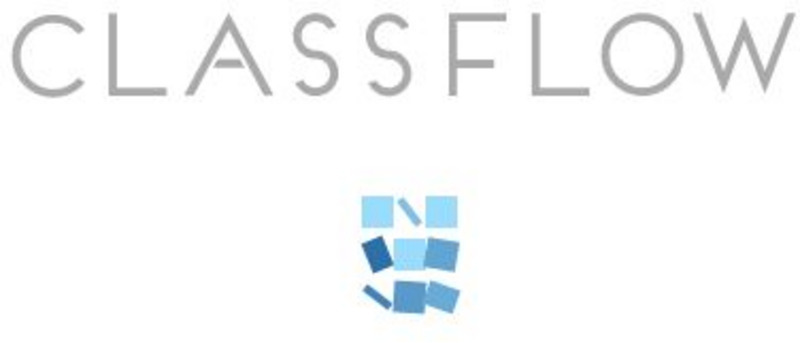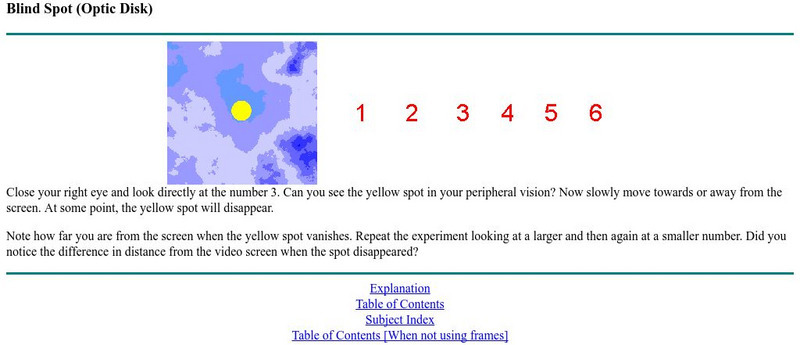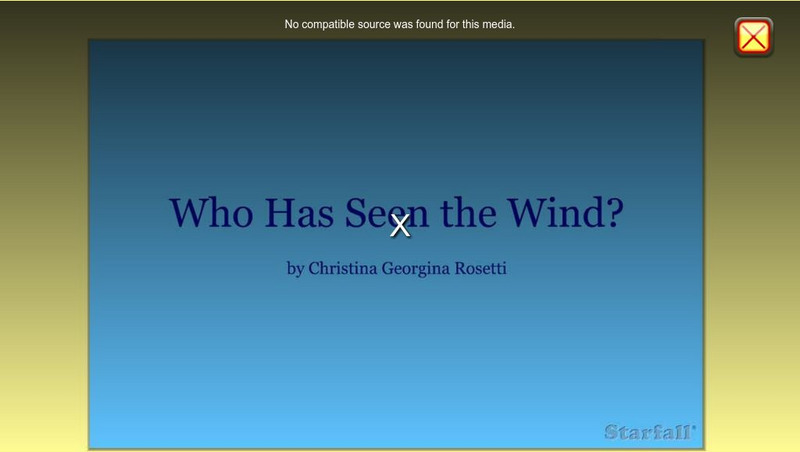The Tech Interactive
Tech Museum of Innovation: How We See
Part of a larger sight on the eyeball and its function, this section describes the process of sight and ranges in topics from the chemical reaction of light hitting the retina to blind spots and animals seeing color.
NPR: National Public Radio
Npr: An Image of a Child Can Change the Way We See the World
Article reports on the power of imagery to change how people perceive various crises and how they affect children.
National Academies of Sciences, Engineering, and Medicine
The National Academies: How We Use Energy
The main categories of our energy use - home, work, transportation and industry - are examined to see how much energy we are using and what can be predicted about our use in the furture.
TED Talks
Ted: Ted Ed: Dark Matter: The Matter We Can't See
The Greeks had a simple and elegant formula for the universe: just earth, fire, wind, and water, but this visible matter comprises only 4% of the universe. CERN scientist James Gillies tells us what accounts for the remaining 96% (dark...
Curated OER
Kids Health: How Eyes Work
How do we see what we see? The eye works all day from the moment you wake up to the moment you close them to go to sleep. Let's take a tour of the amazing eye! Included is a video, an article, quiz, activity and word find.
NASA
Nasa: Space Place: How Far Away Is the Moon
Often when we see drawings of the Earth and the moon, they look really close together. Check out this cartoon series that helps illustrate the reality of this concept.
ClassFlow
Class Flow: How We See Things
[Free Registration/Login Required] In this unit children learn that mirrors and shiny surfaces alter the direction in which light travels and that when they see objects light enters the eye. Children contrast reflection and shadow...
Exploratorium
Exploratorium: Science Snacks: Blind Spot: To See, or Not to See
The blind spot in human vision is described and illustrated.
Exploratorium
Exploratorium: Picturing the Body
An online version of articles and activities from the Exploratorium Magazine, Vol. 23, No. 3. This issue looked at how we are able to examine the inside of the human body, what kinds of technology are used, and how each of them is used...
Indiana University
Iu: Assimilation: Seeing What We Will
A cartoon that defines the idea of assimilation and contrast. We see only what we want to, showing how the individual takes their cultural view and imposes it in all situations.
South Carolina Educational Television
Know It All Media: Light and Color
Why do we see certain colors? This interactive animation demonstrates the concept of the visible spectrum, and how we see the different colors of the rainbow.
TED Talks
Ted: Ted Ed: Self Assembly: The Power of Organizing the Unorganized
From something as familiar as our bodies to things vast as the formation of galaxies, we can observe the process of self-assembly, or when unordered parts come together in an organized structure. Skylar Tibbits explains how we see...
CK-12 Foundation
Ck 12: Physical Science: Vision and the Eye
[Free Registration/Login may be required to access all resource tools.] The structure and function of the eye and how we see.
TeachEngineering
Teach Engineering: Are We Like Robots?
Students explore the similarities between how humans move and walk and how robots move, so they come to see the human body as a system from an engineering point-of-view. Movement results from decision making (deciding to walk and move)...
Optical Society
Optical Society of America: Optics for Kids: Bending Light
An experiment using a water lens that demonstrates how the eye sees an image. Accompanied by an explanation of what's happening, and a link to an article on refraction.
York University
York University: Blind Spot Test
Take this little test about the blind spot, then click on the red "explanation" button at the bottom of the page to find out what you just experienced.
University of California
University of Calilfornia: Significant Figures Ii
This site from the University of California provides a lengthy and intelligent discussion of sig figs, absolute and relative precision, accuracy, precision in calculations, rounding off, and the whole shooting match of how we report what...
CK-12 Foundation
Ck 12: Physical Science: Color
[Free Registration/Login may be required to access all resource tools.] Overview of the different colors in visible light and how they relate to its wavelength, how a prism separates visible light into its different colors, the colors of...
American Museum of Natural History
American Museum of Natural History: Ology: Saving Species
Click on the country name to travel to the Bahamas, Madagascar, and Australia to see what scientists are learning about different species, what roles they play in their ecosystems, and how we can best protect them. Click on the starred...
Khan Academy
Khan Academy: Coordinate Plane Word Problems (Quadrant 1)
See how we can use the axes on the coordinate plane to represent quantities. Students receive immediate feedback and have the opportunity to try questions repeatedly, watch a video or receive hints.
Khan Academy
Khan Academy: Random Numbers
See how we can generate random values in our computer programs, and use those to make decisions and simulate natural processes.
Khan Academy
Khan Academy: Adding and Subtracting Functions
See how we can add or subtract two functions to create a new function.
Khan Academy
Khan Academy: Partner Content
This site lists different institutions that have partnered with Khan Academy to produce materials. I've seen some of the resources embedded in courses but I don't know how much is. There's a lot here but we probably don't want all of it.
Starfall
Starfall: Who Has Seen the Wind?
The illustrated poem "Who Has Seen the Wind?" by Christina Georgina Rosetti tells about how we know the wind is there even if we can't see the wind itself.
Other popular searches
- How We See Things
- How We See Color
- Light How We See
- How We See Red
- How We See Colours
- How We See Co Lours




















